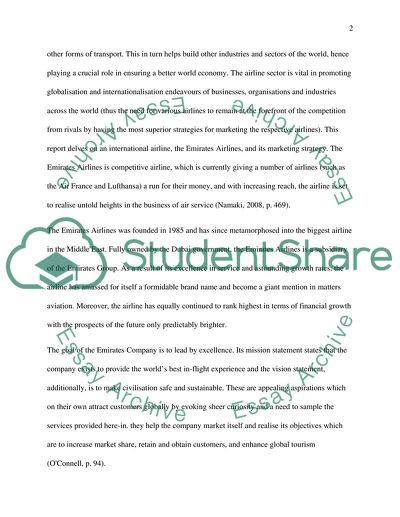Cite this document
(“International Marketing for Travel and Tourism Coursework - 1”, n.d.)
International Marketing for Travel and Tourism Coursework - 1. Retrieved from https://studentshare.org/tourism/1865276-international-marketing-for-travel-tourism
International Marketing for Travel and Tourism Coursework - 1. Retrieved from https://studentshare.org/tourism/1865276-international-marketing-for-travel-tourism
(International Marketing for Travel and Tourism Coursework - 1)
International Marketing for Travel and Tourism Coursework - 1. https://studentshare.org/tourism/1865276-international-marketing-for-travel-tourism.
International Marketing for Travel and Tourism Coursework - 1. https://studentshare.org/tourism/1865276-international-marketing-for-travel-tourism.
“International Marketing for Travel and Tourism Coursework - 1”, n.d. https://studentshare.org/tourism/1865276-international-marketing-for-travel-tourism.


